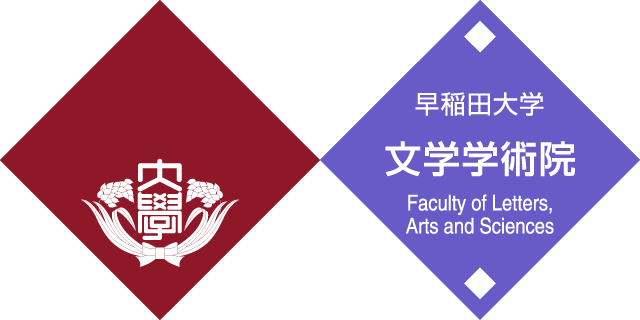- News
- Event Report: Lecture by Professor Edoardo Gerlini of Ca’ Foscari University of Venice Classical Texts in Public Spaces: The Social Role of Inscribing Monument and Stones
Event Report: Lecture by Professor Edoardo Gerlini of Ca’ Foscari University of Venice Classical Texts in Public Spaces: The Social Role of Inscribing Monument and Stones
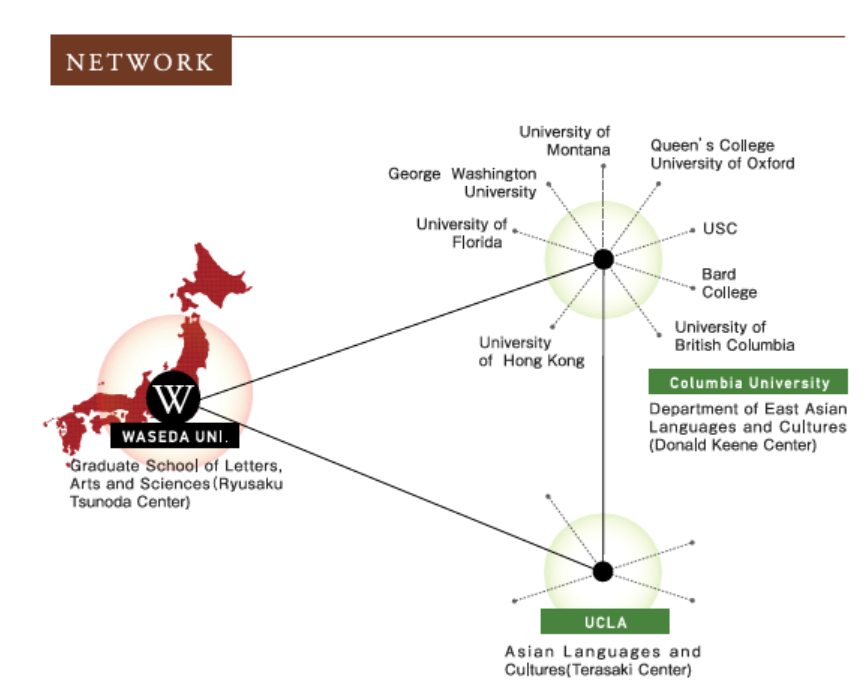
Dates
カレンダーに追加0718
FRI 2025- Place
- 早稲田大学戸山キャンパス33号館3階第1会議室
- Time
- 15:30~17:20
- Posted
- 2025年9月11日(木)
On Friday, July 18, 2025, Professor Edoardo GERLINI of Ca’ Foscari University of Venice gave a lecture titled “Classical Texts in Public Spaces: The Social Role of Inscribing Monument and Stones” in Conference Room 1, Building 33, Toyama Campus.
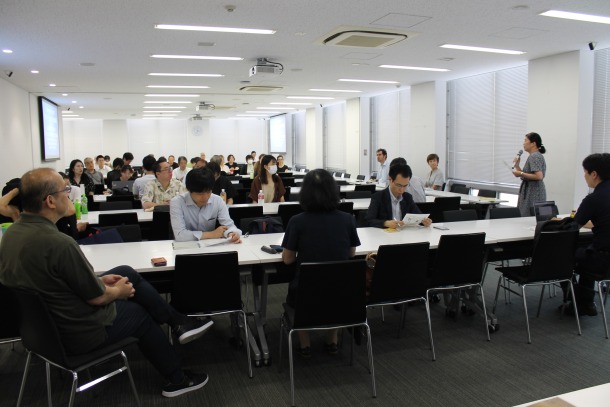
Drawing on the methods and findings of heritage research, Professor Gerlini rethinks Japanese literature through the conceptual lens of textual heritage. In 2020, he organized a workshop at Waseda University, the results of which were published as Are Classics a Heritage? Uses and Re-creations of Textual Heritage in Japanese Literature (Intriguing Asia 261, edited by Edoardo Gerlini and Kimiko Kono, Bensei Shuppan, 2021). A second workshop held in 2023, likewise at Waseda, resulted in the volume Living Textual Heritage in Modern and Contemporary Japan (Intriguing Asia 305, edited by Edoardo Gerlini and Kimiko Kono, Bensei Shuppan, 2025). This summer, Professor Gerlini returned to Japan for the research project “Aspects and the Transmission of Classical Texts Inscribed on Stones and Monuments.” In this lecture, he shared the significance of textual heritage research and its future possibilities.
Professor Gerlini opened by discussing the various stones scattered throughout the streets of Italy as examples of textual heritage in practice—embodiments of text in public spaces. He then turned to the monuments on Waseda University’s campus, interpreting them as instances of text and memory anchored to specific physical locations, acts of both spatial and historical contextualization. Building on this understanding, he presented literary texts inscribed on monuments, metal, and stone, the central focus of his current research. He argued that by examining how literary inscriptions impact social space, and how such inscriptions are preserved, destroyed, and recreated over time, we can redefine the relationship between objects and places and reconsider the concepts of ruins and heritage. He further suggested that this research allows us to reimagine the relationship between textual embodiment and entanglement, while deepening our understanding of the political significance and role of stones.
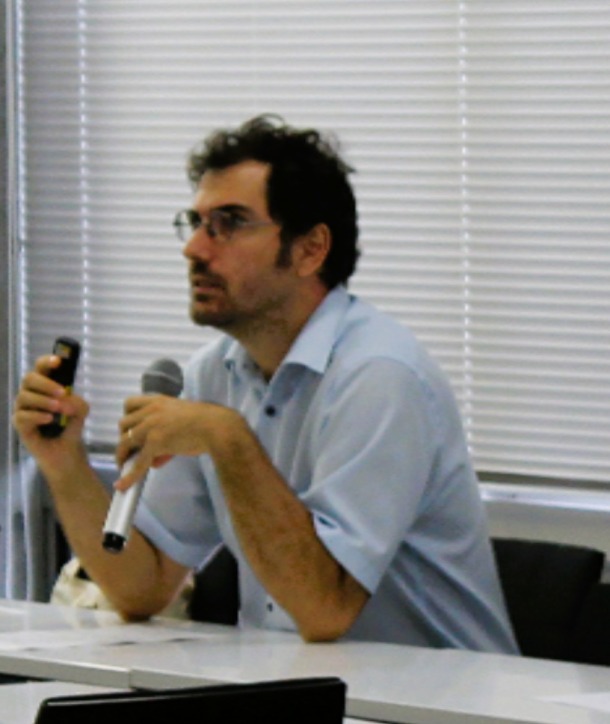
Professor Edoardo GERLINI
Professor Gerlini continued with examples of ancient inscriptions from Europe, China, and Japan, highlighting that their content is interdisciplinary and requires a cross-regional approach. In the latter half of the lecture, Professor Gerlini introduced an aspect of his current research that examines stones inscribed with the poetry of Matsuo Bashō and the Man’yōshū. Through the study of these stones, he aims to illuminate not only the relationship between texts and public social spaces but also the diverse practices through which texts are received, further expanding our understanding of the significance and function of literary texts.

Professor WATANABE Yumiko
The floor was then opened to the audience, and a lively discussion ensued. Many questions and comments were raised, and participants shared in the sense of the concrete and compelling possibilities for interdisciplinary and international research brought to light by the lecture, concluding the event on an enthusiastic note.
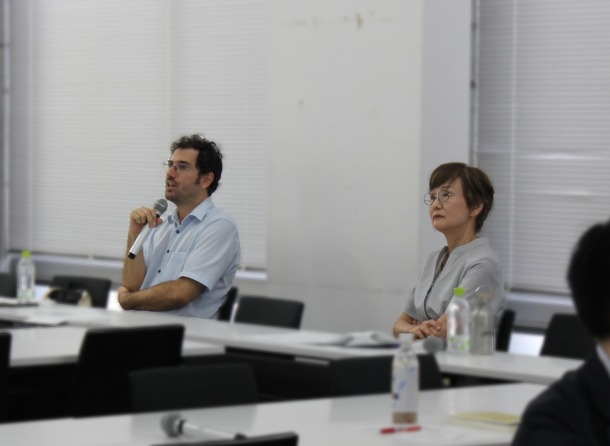
This event was organized by the Ryusaku Tsunoda Center of Japanese Culture (Waseda University Research Institute for Letters, Arts, and Sciences) and the SGU Global Japanese Studies program, and co-hosted by the Research Institute of Japanese Classical Books (Comprehensive Research Organization). The event was attended by 45 participants, including students, faculty, and members of the public.
Event Overview
- Date and time: July, 18 15:30〜17:20
- Venue: Conference Rm. 1, Bldg. 33, 3rd Fl., Toyama Campus
- Organized by: Ryusaku Tsunoda Center of Japanese Culture, Waseda University/Global Japanese Studies Model Unit, Waseda University Top Global University Project, Waseda University Research Institute for Letters, Arts and Sciences
- Co-Organized by: Research Institute of Japanese Classical Books, Project Research Institutes, Waseda University
- Tags
- Event Reports
